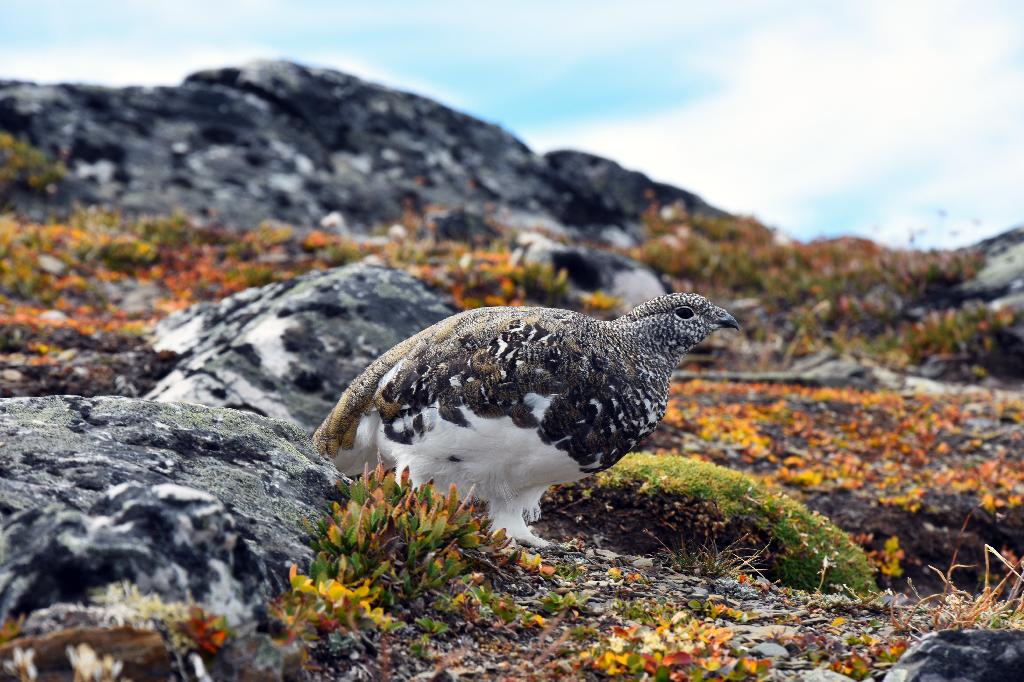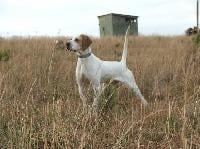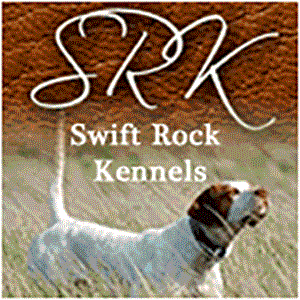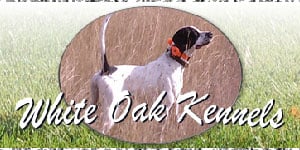White-tailed Ptarmigan - Grouse Hunting - Upland Hunting
View Recipes | Gamebird Services | Gamebird Hunts | View Photos

Description
The white-tailed ptarmigan is considered as the smallest game bird in the grouse family. This game bird is also known as the snow quail in some parts of Northern America and Europe. These birds prefer residing in high latitudes either on or above the tree line. Adult white-tailed ptarmigans are 30 to 31cm long with an average weight of 330 - 480g.
Habitat
The white-tailed ptarmigan lives in the rocky alpine tundra and mountains just above timberline and.rocky slopes with low vegetation (that's a few inches tall), alpine meadows near snowfields or streams.
Feeding behavior
These gamebirds forage while walking by nipping off plant pieces using their bill. They feed in flocks at most times of the years, mostly from late summer through winter.
Diet
Leaves, seeds, twigs, and buds comprise the diet. Adult white-tailed ptarmigan birds are mainly vegetarian, feeding on all parts of low alpine plants, mostly the twigs, leaves, and buds of willows. These birds also prefer feeding on sedges, birch, alder, and crowberry. However, young chicks feed on insects mostly, but the switch to plant materials as they grow.
Nesting
The nest is mainly built on the ground in a rocky area matted with sedge meadow or willow thicket. The female builds the nest on a shallow depression lined with plant material and a few feathers.
During the breeding season, both males and females defend their territories. In courtship displays, males raise their red combs, spread their tail, struts, and bows to impress the breeding females. The male white-tailed ptarmigan remains with the female until incubation then leaves.
Eggs
Female white-tailed ptarmigan lays 2 to 5 pale cinnamon eggs with dark brown spots. Females incubate the eggs for 22 to 26 days. After hatching, the young leave the nest after a few hours. Females tend to the young chicks, leading them to food, although the young have to feed themselves. In case of danger, the female protects the young by putting a distraction display, i.e., run in zigzags with its wings dragging. Young ones start to fly after 10 to 12 days, although they mature after 12 – 14 weeks.


















